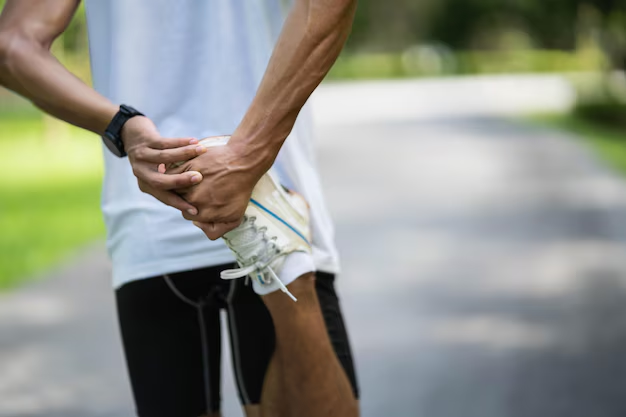Discovering the Causes of Osteoporosis and Pathways to Prevention
Osteoporosis, often referred to as a "silent disease," affects millions of individuals worldwide, thinning their bones and increasing the risk of fractures. But how does one "get" osteoporosis, and what can be done to prevent this condition? Let's dive into the factors that lead to osteoporosis and uncover ways you can take proactive measures to maintain bone health and explore resources that provide financial assistance for healthcare and wellness needs.
Understanding the Development of Osteoporosis
Osteoporosis occurs when the creation of new bone does not keep up with the removal of old bone. This imbalance can be influenced by numerous factors:
- Age: As we age, bone density naturally decreases. After reaching peak bone mass around age 30, bone loss begins to outpace the growth of new bone.
- Gender: Women are more likely to develop osteoporosis due to lower bone mass and hormonal changes during menopause that affect bone strength.
- Genetics: A family history of osteoporosis can increase your risk significantly, suggesting that some are genetically predisposed to experiencing greater bone loss.
- Diet and Nutrition: Inadequate calcium and vitamin D intake can lead to weaker bones. Poor nutrition can prevent bones from developing their full potential strength.
- Lifestyle Choices: Sedentary lifestyles, smoking, and excessive alcohol consumption contribute to bone density loss.
- Medical Conditions and Medications: Certain chronic conditions and prolonged use of corticosteroid medications can impact bone health.
Steps to Prevent Osteoporosis
While some risk factors like age and genetics are unchangeable, lifestyle modifications and proactive health measures can significantly reduce the risk:
- Introduce Bone-Healthy Foods: Incorporate calcium-rich foods, such as dairy products, green leafy vegetables, and fortified cereals, into your diet. Vitamin D, obtainable from sunlight and supplements, is also crucial for bone health.
- Engage in Regular Exercise: Weight-bearing and muscle-strengthening exercises improve bone density and strength.
- Quit Smoking: Smoking cessation can prevent further bone loss.
- Limit Alcohol Intake: Reducing alcohol consumption can improve your body’s ability to maintain bone density.
Exploring Financial Assistance for Osteoporosis Management
Managing a health condition can strain personal finances, particularly regarding medication, dietary changes, and lifestyle adaptations. Here's how you can look into potential financial aids:
- Government Health Programs: Programs like Medicare and Medicaid may provide coverage for osteoporosis screenings and treatments, helping lower the cost burden of managing this condition.
- Supplement Assistance: Certain community programs or health organizations may provide free or discounted vitamins and minerals essential for bone health, such as calcium and vitamin D.
- Fitness Programs: Check with local community centers or health insurers for discounts or grants for gym memberships or fitness classes that promote bone-strengthening exercises.
- Non-Profit Health Organizations: Numerous non-profit organizations may offer resources or assistance to those in need of financial support for managing osteoporosis.
Adopting preventive measures and exploring available resources early can significantly impact your bone health and overall well-being. Being proactive about preventing osteoporosis not only safeguards your health but also keeps your financial stress to a minimum, enabling you to live life to the fullest.
Financial Assistance and Programs 🏦
- Medicare & Medicaid: Coverage for screenings and treatments.
- Non-Profit Health Support: Programs offering financial help for supplements.
- Community Fitness Grants: Discounts or grants for exercise programs.
- Nutrition Assistance Programs: Aid for purchasing calcium and vitamin D-rich foods.
- Smoking and Alcohol Cessation Resources: Support networks and programs.

Related Topics
- a Nurse Is Caring For a Client Who Has Osteoporosis.
- a Percutaneous Is Performed To Treat Osteoporosis Related Compression Fractures
- Can Alcohol Cause Osteoporosis
- Can I Do Pilates If I Have Osteoporosis
- Can I Reverse Osteoporosis
- Can Men Get Osteoporosis
- Can Osteoporosis Affect Teeth
- Can Osteoporosis Be Cured
- Can Osteoporosis Be Painful
- Can Osteoporosis Be Reversed